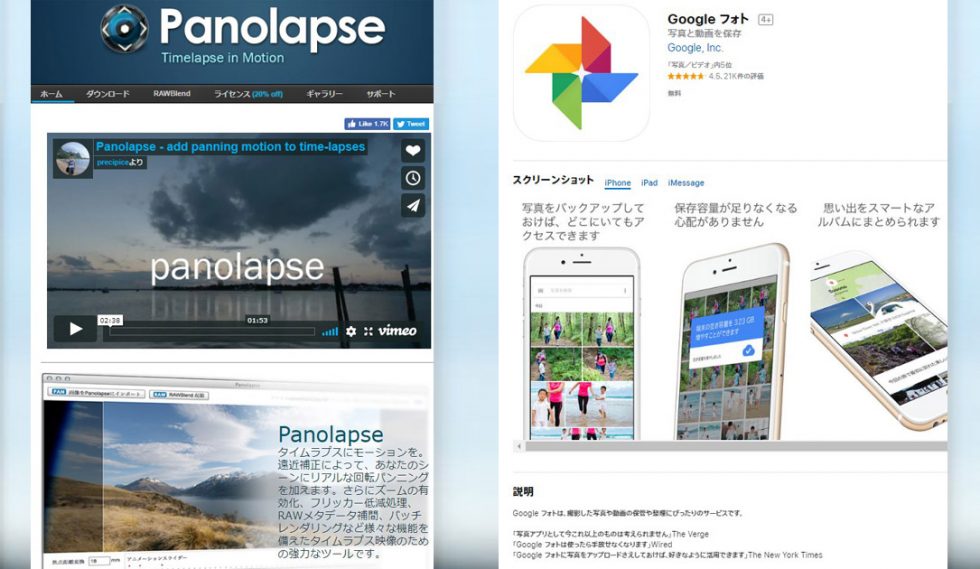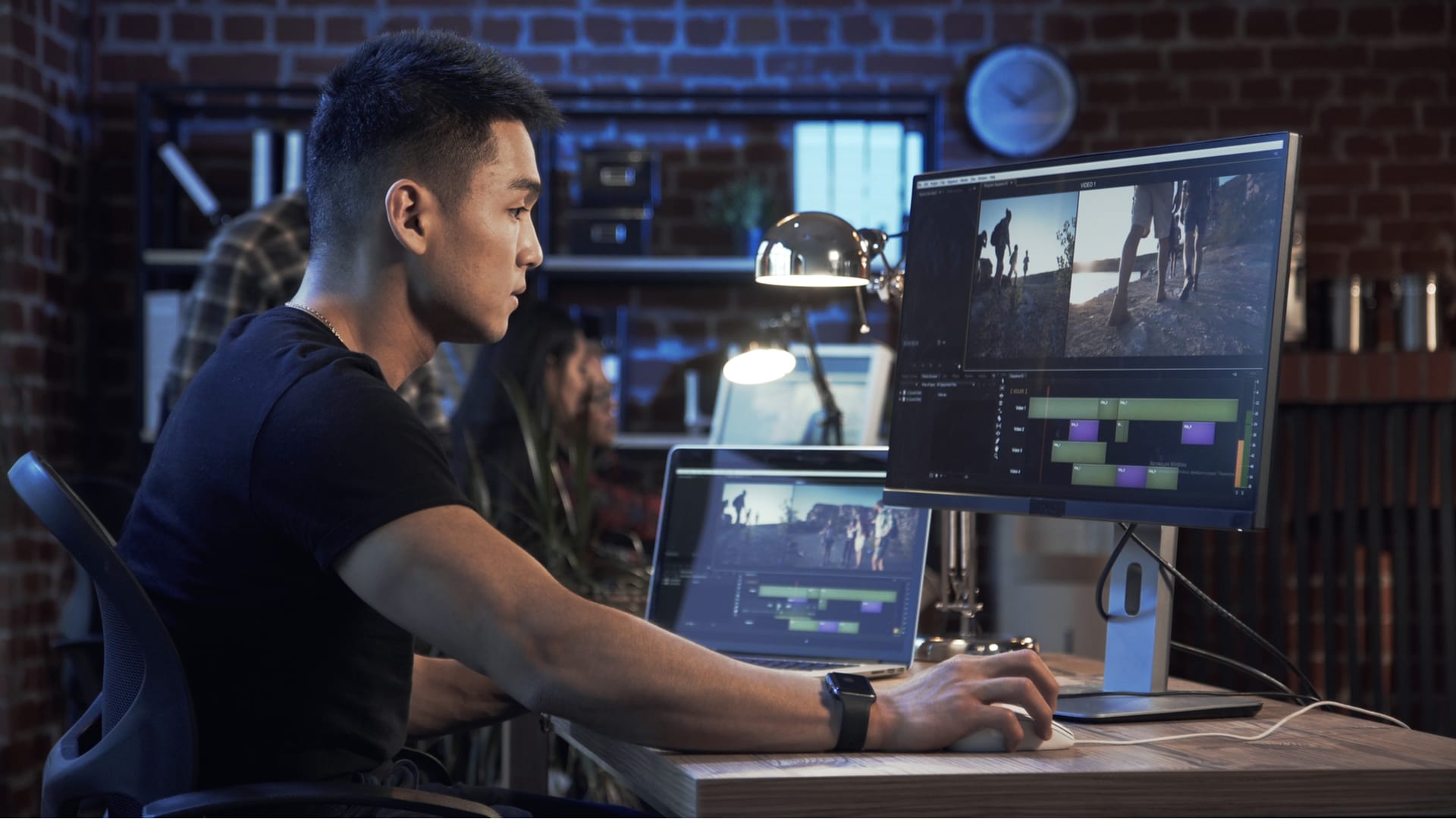
I’ll show you my equipment and recording software. This first part is about recording the time lapse with a DSLR camera.
#PANOLAPSE PRICING SERIES#
I shot a little making-of about my new film series “Timelapsed – A tribute to Koyaanisqatsi”. Time-lapse footage was taken over a period of two years to capture the beauty of Amsterdam in stunning images.

At an interval of 30 seconds, a 10-second film sequence (250 frames) requires a recording time of approximately 125 minutes.Sequences with subjects that require long exposure (stars) At an interval of 10 seconds, a 10-second film sequence (250 frames) requires a recording time of approximately 41 minutes.Slow objects, high, slow clouds, sunset, sunrise.At an interval of 5 seconds, a 10-second film sequence (250 frames) requires a recording time of about 20 minutes.Visible moving clouds, people, moving objects, vehicles.At an interval of 2 seconds, a 10-second film sequence (250 frames) requires a recording time of approximately 8 minutes.At an interval of 1 second, a 10-second film sequence (250 frames) requires a recording time of about 4 minutes.Attention: Here the triggers are already reached their limits! Only very special cases (such as fast moving people, auroras, distances in the car).Interval in the camera’s interval meter or on the external intervalometer.Focus on the subject – > then turn off AF! Turn off the image stabilizer!.Set fixed white balance (NOT on automatic!.
#PANOLAPSE PRICING ISO#

LRTimelapse) or assemble the frames required to a film (e.g.

Most creative possibilities through subsequent editing (RAW recommended!).Best possible control of image quality.If you like it quickly and want to edit as little as possible later, you can take the images in JPEG format, who wants to be as creative as possible and want to achieve the best possible quality, photographed in RAW format.
#PANOLAPSE PRICING MOVIE#
If your camera doesn’t have a time-lapse movie function, you’ll need to capture the images individually.


 0 kommentar(er)
0 kommentar(er)
